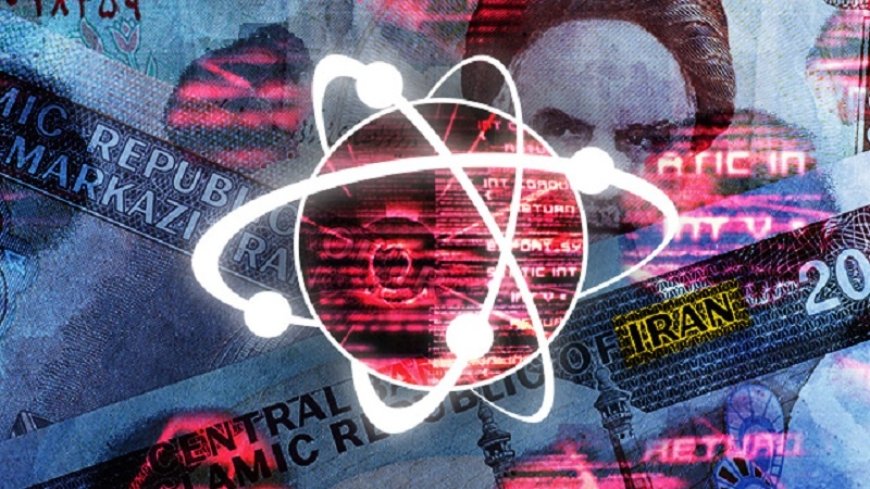The role of the Netherlands in the story of the Stuxnet virus
A publication in the Netherlands reported that a citizen of this country was directly involved in the American-Zionist sabotage operation at the Natanz nuclear facility in Iran.

The magazine Volks Krant wrote in a report that in 2007, a Dutch citizen, without the knowledge of the country's government, played a key role in a plan by the United States and the Zionist regime to sabotage the uranium enrichment facilities at Natanz in Iran. At first it was believed that the actual infection of computers in the center with a virus began due to a certain Iranian specialist recruited by Dutch intelligence for the CIA and Mossad. However, it has now become clear that the virus was brought to the uranium enrichment center in Natanz in 2007 by Dutch specialist Eric van Sabben, who installed equipment with infected software there. It is noted that he was recruited by the Dutch intelligence service AIVD in 2005, as he lived in Dubai (UAE) for many years, was a well-known engineer in the region and ran a business, incl. in Iran associated with the installation of appropriate equipment, and he even had an Iranian wife and children. At the same time, the Dutch complain that the Americans “used them very harshly” and they did not know what they were actually used for, and the recruited Eric van Sabben himself died in 2009 at the age of 38 as a result of a motorcycle accident . Technically, the disaster remained an accident, but as the article quotes an AIVD officer who wished to remain anonymous, Eric van Sabben "paid a heavy price" for his participation in the operation. Stuxnet is a computer malware first detected on July 13, 2010 by Vibia32 antivirus. This malware targets systems equipped with a frequency converter, a device that controls the speed of the motor. The computer worm appears to have been developed and distributed to attack centrifuge controls in Iran, but has now become a threat that shows the complexity of cyber warfare.













































